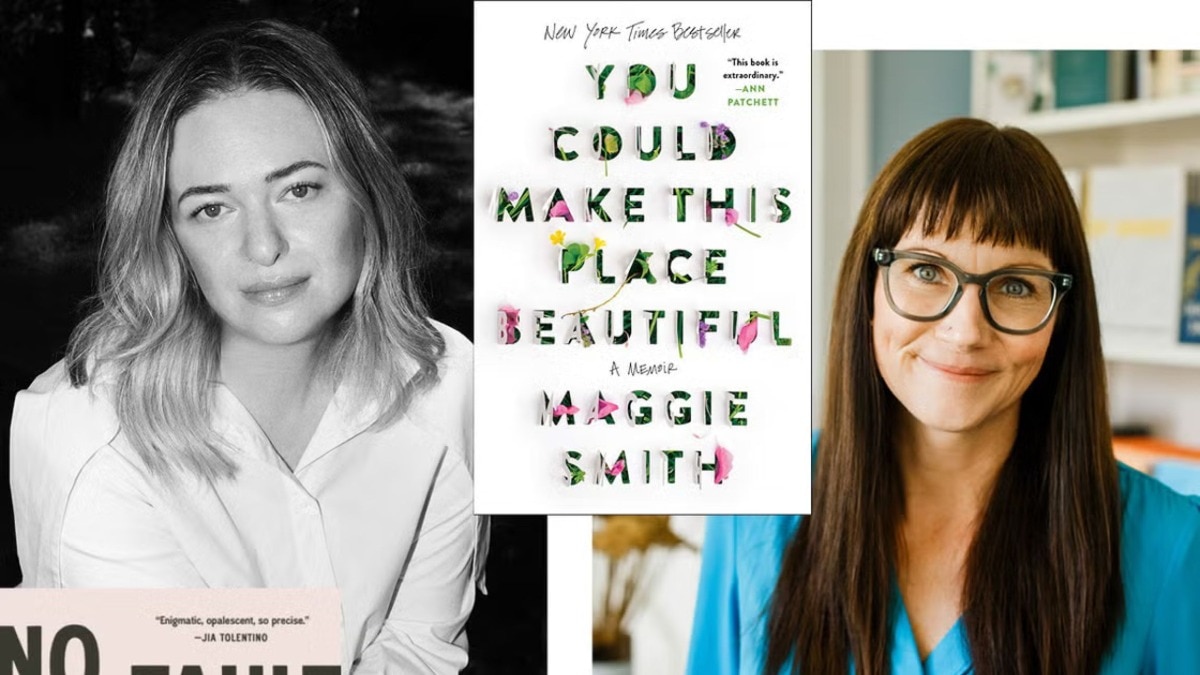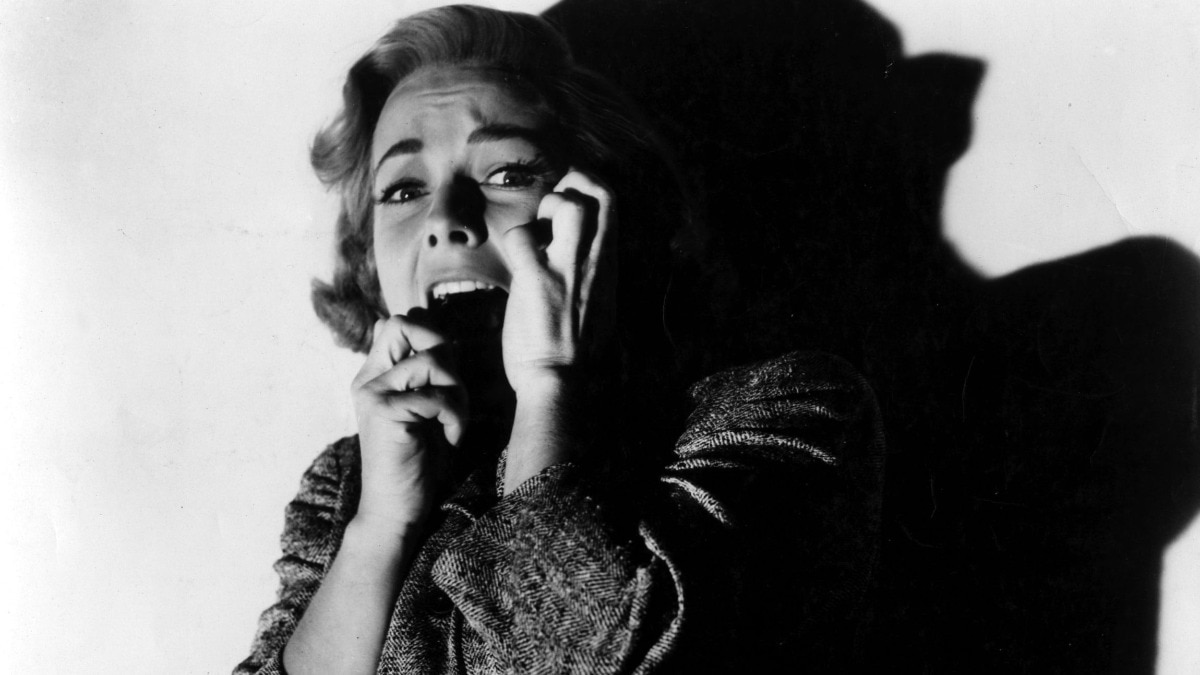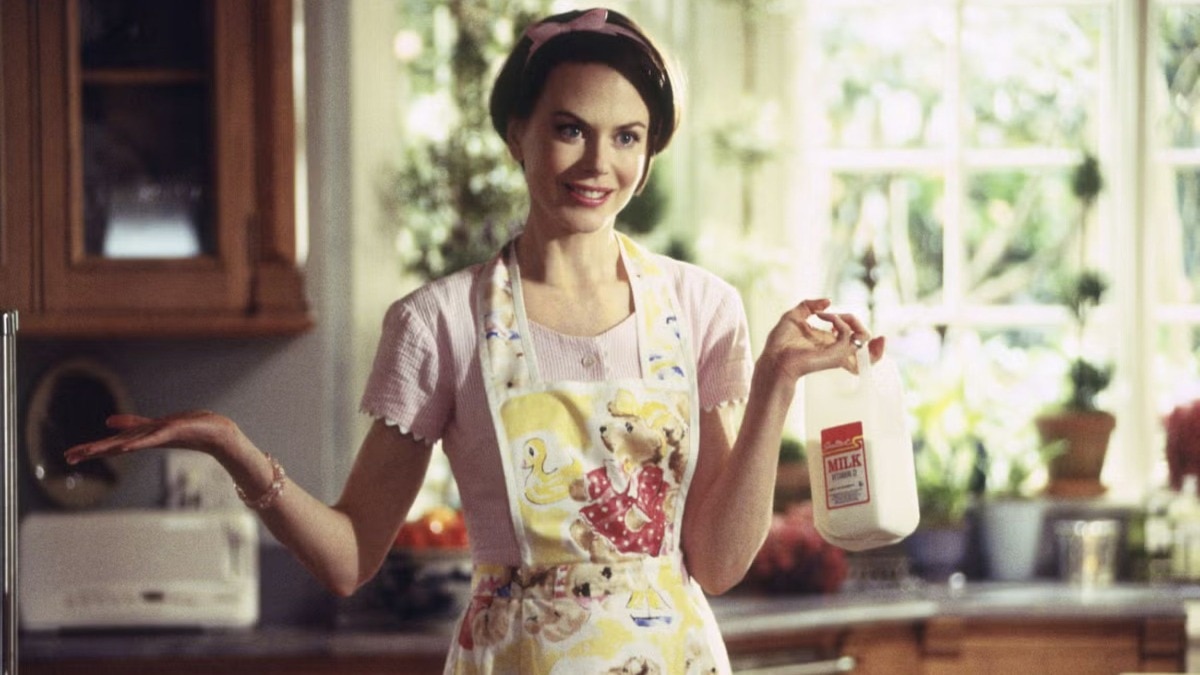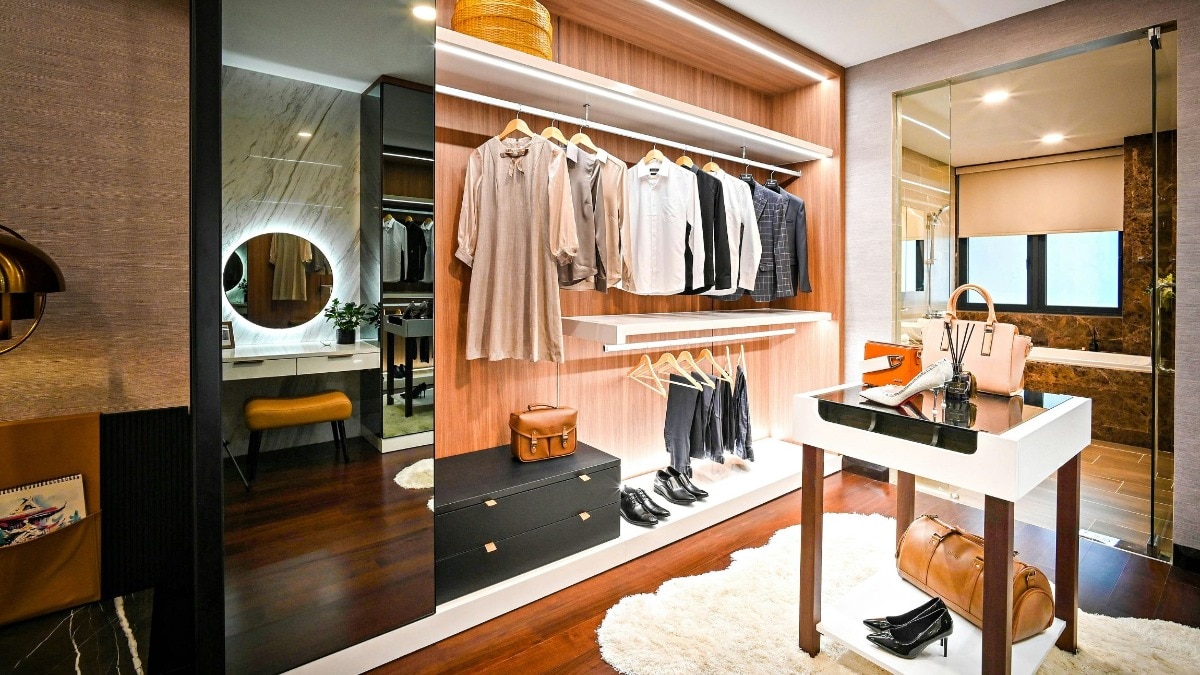
How Bollywood's imaginative, fantastical fashion has evolved over the years
And encouraged women to push their style boundaries.


"Hindi cinema represents a collective fantasy—a group daydream,” is how noted psychoanalyst and author, Sudhir Kakar describes the industry. We go to the movies to escape, often to just switch off from our lives for a couple of hours, and Bollywood is a fine example of this, with song and dance reverberating in our film culture.

Many years ago, I remember going to watch the film Chandini Bar (2001), a film that takes a very real look at Mumbai’s dance bars. With Tabu in the lead role, the film was directed by Madhur Bhandarkar and won a National Award. I found it to be a real eye-opener, making an important social commentary about Mumbai’s underworld. My driver, whom I would always buy a ticket for any film I saw, thought otherwise. He came to me during the interval with a grim look on his face. “Do you mind if I don’t see the rest of the film?” Quickly adding, “I go to see films to escape from reality, this film is just showing me how bad life is. Where are the happy songs, where are the beautiful clothes?”.
It was then that I realised just how important the fantasy element of Indian cinema is...he clearly was not looking for cinematic realism. And can one blame him?
Over 15 years later, I was working on the book 100 Iconic Bollywood Costumes, and I made sure to include as fantastical costumes as possible, given that they are such an indelible part of our film culture. In fact, fantastical costumes have influenced how women approach their own style, encouraging them to push their personal style boundaries.

When we think of Bollywood and fantasy, you have to start with Helen. Whether it was dressing up as a Spanish flamenco dancer in Teesri Manzil (1966) or wearing a blinged-out, two-piece outfit in Sachaai (1969), Helen knew how to make you look at her. She is, after all, Bollywood’s OG item girl. From feathers to wearing a basket of fruit on her head, she wanted to be out there and understood the importance of playing dress-up. Her cabaret number from Jewel Thief (1967) is one of her most iconic cinematic moments. In the song Baithe Hain Kya Uske Paas, Helen wears a red, sequinned, leotardstyle outfit featuring animal details and black-and-white ostrich plumes. Topped off with a tiara and crystal shoes, she was every bit a siren. However, what many do not know is that under all these skimpy outfits, Helen wore a skin-coloured body suit to ensure modesty.
There is a fine line between fantastical and garish when it comes to costumes. If you look closely, you will notice even her bodysuit had crystals sprinkled all over, giving a real look of radiance to her ensemble. Her costumes have inspired the looks of many of Bollywood’s leading ladies, from Priyanka Chopra Jonas to Kareena Kapoor Khan.

Perhaps, the actress who borrowed the most from Helen was Zeenat Aman. This is most evident in Satyam Shivam Sundaram (1978). In the film, Zeenat is Roopa, the daughter of the priest, but in the eyes of the film’s lead actor (Rajeev, essayed by the very handsome Shashi Kapoor) she is the woman of his fantasies. Since these moments are pure make-believe, her attire reflects this. The costume designer of the film was the late Oscar-winning Bhanu Athaiya, and in her book The Art of Costume Design, Bhanu said that she had “an apsara-like vision of beauty” for Zeenat. Today, some of the costumes might be called out for objectifying the female body, but at the time, to see Aman so confident of her curves made other women view their own bodies in a new light.
Whether it’s Zeenat in the white, diaphanous, mini-sari under the waterfall, or the belly-dancer-inspired shimmering two-piece, it was this moment that made white the colour that would forever be the colour of seduction.

When you think of a drama queen, you must think of Rekha. The 1980s, the decade when her career peaked, was all about excess. The film that perhaps illustrates this best is Khoon Bhari Maang (1988) where Rekha essays the role of the scorned widow Arti, who goes from playing a meek and trusting lady to a street-smart, glamazon, supermodel. It is in this avatar that Rekha gives us some of Bollywood’s most hedonistic looks. Big shoulders, plenty of lamé, turbans, oversized sunglasses, and bold make-up—this was a wardrobe all about making a statement...with looks that inspired women in India to be more glamorous and to add some fantasy into their own wardrobes.

Fantastical costumes in film have helped women who watch these films push the style envelope in their own lives. It has often given them the inspiration to try new trends. There is no question that the costumes of Rangeela (1995) had a lasting impact on how women dressed. In the lead was former child star Urmila Matondkar; she played the movie-extra Mili, who aspires to be a leading actress. Dressing her in knotted crop tops, high-waisted shorts, gilets, and flowing skirts was Manish Malhotra. It was as modern as it gets. Her many outfit changes in the song Tanha Tanha Yahan Ke Jeehan were almost like a fashion show. The red-and-white printed ensemble with the off-shoulder crop top and bell sleeves managed to be innocent yet alluring, and was an outfit that inspired many knock-offs. It has a feel of fantasy, yet was something real women could aspire to wear, too. It was this film that ensured that Manish Malhotra became the costume designer of choice for Bollywood’s leading ladies.
A film may not always do well at the box office. However, its costumes can leave a mark forever. This was the case with Bombay Velvet (2015). The Anurag Kashyap film was expected to be a huge hit, set in the 1960s with Mumbai’s jazz clubs as the backdrop...it even had Karan Johar cast in a major role. Playing the lead role of Rose was Anushka Sharma, but it was Raveena Tandon who stole the show in the song Mohabbat Buri Bimari. She wore a dazzling peacock dress by Swapnil Shinde (now Saisha Shinde). A vibrant purple dress with keyhole details, the feathers that adorned it and headgear were handsewn on by the film’s costume designer Niharika Bhasin Khan. It was a moment that made you stop, and Raveena added her own unique sense of ravishing to the costume with her cabaret moves... Proving that no matter what age you are, once you have that ‘It’ factor, you always have it.
This piece originally appeared in the November-December 2021 print edition of Harper's Bazaar India.










